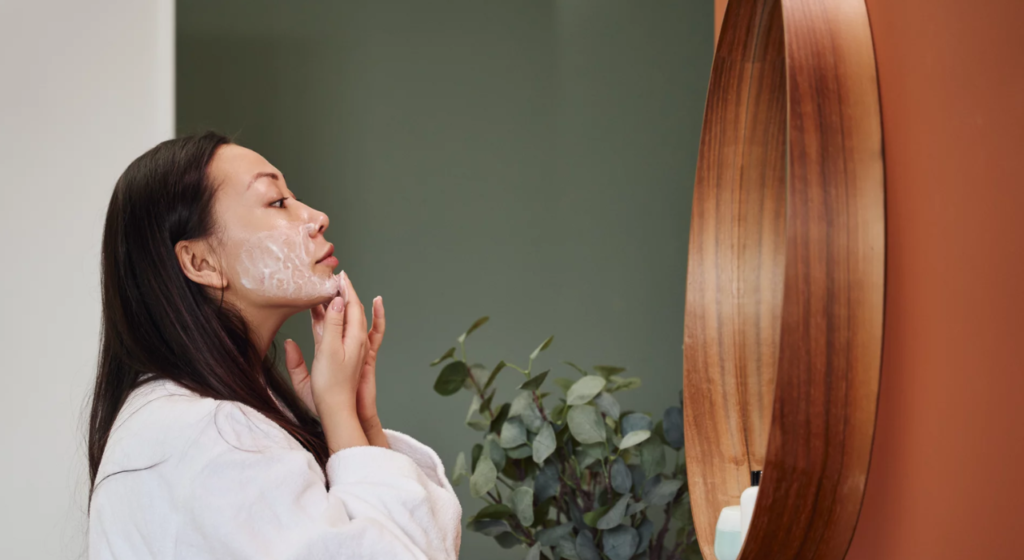
Ever wondered about the viral skincare regime all the skincare aficionados are going gaga over? The trend is all over Tik Tok taking over 22.5+ million views for the hashtag #Retinolsandwich, with every other beauty influencer adding their videos or content to the carriage.
It’s not an actual retinol splattered sandwiched that you can home deliver from restaurants, and neither does your next-door deli counter serve it. It simply means the application of a layer of retinol on the skin between two layers of moisturizers.
We are as curious as you are! Hence, we deep-dived to find out what retinol sandwiching is and how it impacts our skin.
What is Retinol?
Let’s jump into the basics before getting into the nitty-gritty of the popular viral technique, shall we? Retinol for skin is a powerful ingredient used in a myriad of products like serums, creams, eye masks etc. Also known as Vitamin-A, it’s crucial for promoting cell turnover, improving collagen production, and reducing hyperpigmentation, fine lines, and wrinkles. Many new-age clean beauty products are enriched with retinol to fight premature signs of ageing.
The birth of “retinol sandwiching” stems from the need to combat the villainous role retinol plays in drying skin. Proper moisturisation silently offsets the drying effect of the retinol while preventing irritation and flaking of the skin. Although the trend is catching up the ranks and has spread across the internet like wildfire, dermatologists remain divided in their opinion of how it benefits the skin.

How to do it?
Cleanse – moisturize – retinol – moisturize, that’s pretty much what you need for the famous, so-called Retinol Sandwiching.
Instead of directly hitting your skin with retinol after cleansing, start with a base layer of moisturizer. Once the skin settles the moisturizer in, apply a layer of retinol serum. Give it some time to absorb before finishing off with a second layer of moisturizer, be a little generous this time.
Impact of Retinol Sandwiching – Good and Bad
According to New York City Dermatologist Dr Michelle Henry, retinol sandwiching is effective for people with sensitive skin. While retinol is an impressive ingredient that tackles numerous skin concerns, it might cause irritation and dryness, especially if you have sensitive skin. Dr Henry, an NYC Dermatologist explained that the sandwiching method might help diminish the risk of skin irritation.
Retinol sandwiching was also given a thumbs up by celebrity dermatological nurse Natalie Aguilar saying, “Applying retinol over moisturiser helps prevent potential irritation such as dryness, itching, redness, and flaking.” However, as much as it is considered to be beneficial, it is perhaps not meant for every skin.

In a conversation with Harper’s Bazaar, board-certified dermatologist and director of cosmetic dermatology at Columbia University, Robyn Gmyrek indicated the other side of retinol sandwiching. Gmyrek says it minimizes the effectiveness, as the first layer of moisture creates an occlusive barrier reducing the penetration of retinol.
Diluting the retinol effect holds some benefits for people with sensitive skin, but you might not want to indulge in the sandwiching technique religiously if you have normal skin.
Have you tried it yet?











